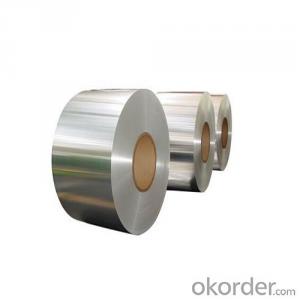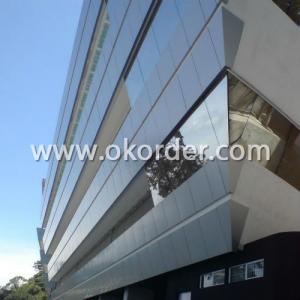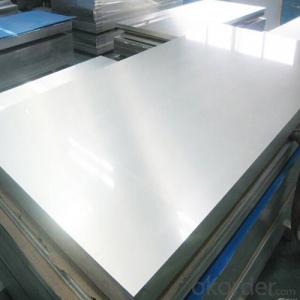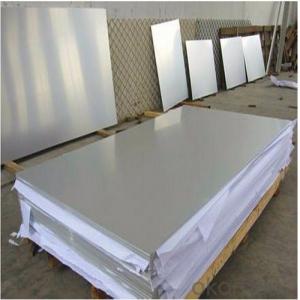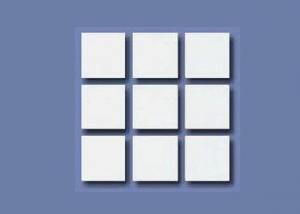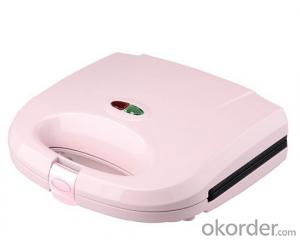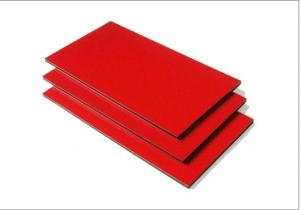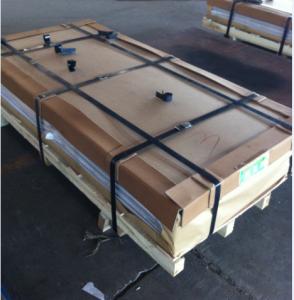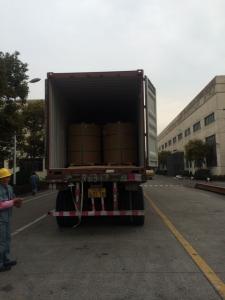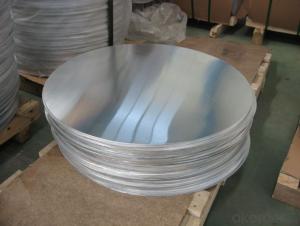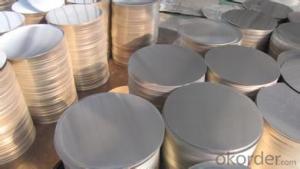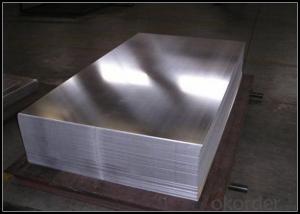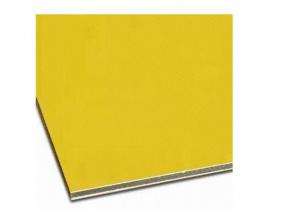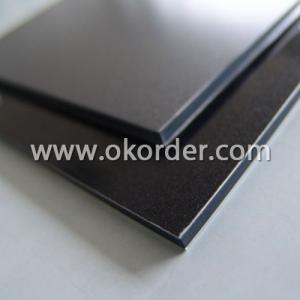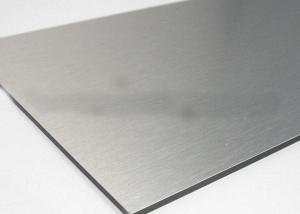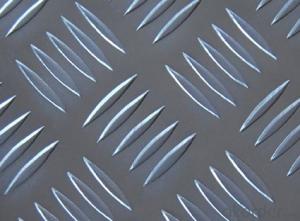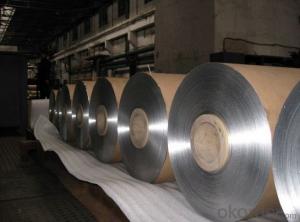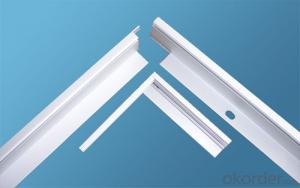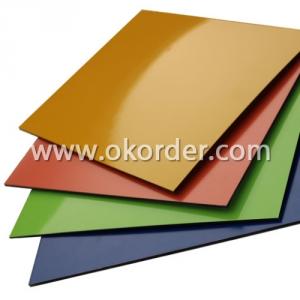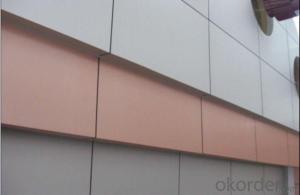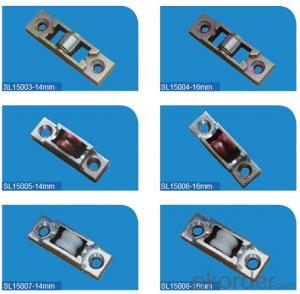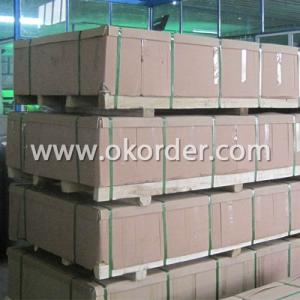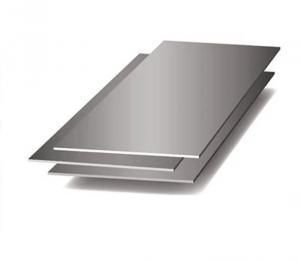125 Aluminum Plate
125 Aluminum Plate Related Searches
125 Aluminum Diamond Plate 250 Aluminum Plate 25 Aluminum Plate 65 Aluminum Plate 25mm Aluminum Plate 25 Inch Aluminum Plate 0.5 Aluminum Plate 375 Aluminum Plate 1.5 Aluminum Plate 12mm Aluminum Plate 5 Aluminum Plate An Aluminum Plate 25 Mm Thick Aluminum Diamond Plate 4x8 125 An Aluminum Plate Of 25mm Thick 1050 Aluminum Plate 1 Aluminum Plate 1350 Aluminum Plate 1 2 Aluminum Plate Aluminum Paper Plate 12 Round Aluminum Plate 5 8 Aluminum Plate 12 X 12 Aluminum Plate 1/2 Aluminum Plate Aluminum 1/2 Plate 15mm Aluminum Plate Aluminum Plate 1/2 Thick 12x12 Aluminum Plate 1100 Aluminum Plate 1/2 Thick Aluminum Plate 5 16 Aluminum Plate125 Aluminum Plate Supplier & Manufacturer from China
125 Aluminum Plate is a versatile product made from high-quality aluminum, known for its excellent strength-to-weight ratio and corrosion resistance. This makes it a popular choice for a wide range of applications, including construction, transportation, and aerospace industries. The product's durability and workability make it suitable for various usage scenarios, such as in the manufacturing of aircraft components, automotive parts, and architectural structures. Okorder.com is a leading wholesale supplier of 125 Aluminum Plate, offering a vast inventory to cater to the diverse needs of customers across different industries. With a commitment to quality and customer satisfaction, Okorder.com ensures that the 125 Aluminum Plate they provide meets the highest standards and is available at competitive prices.Hot Products


